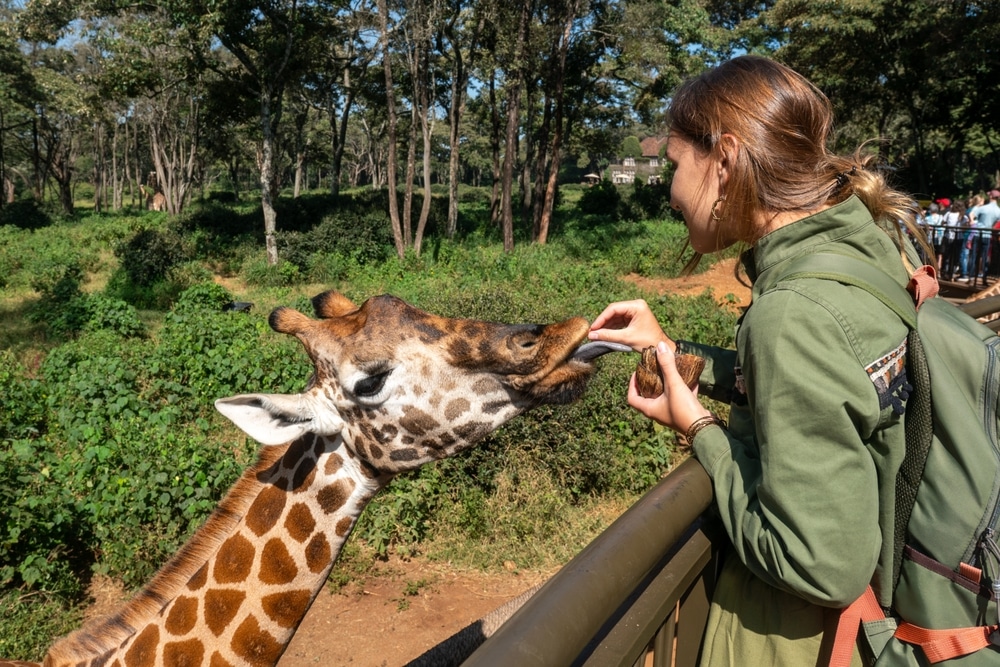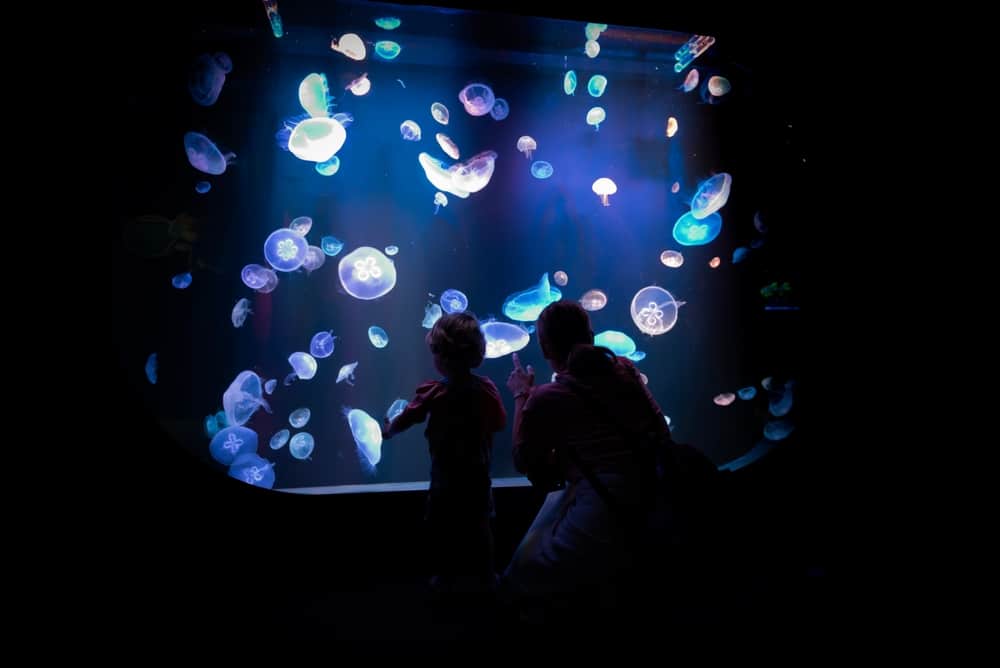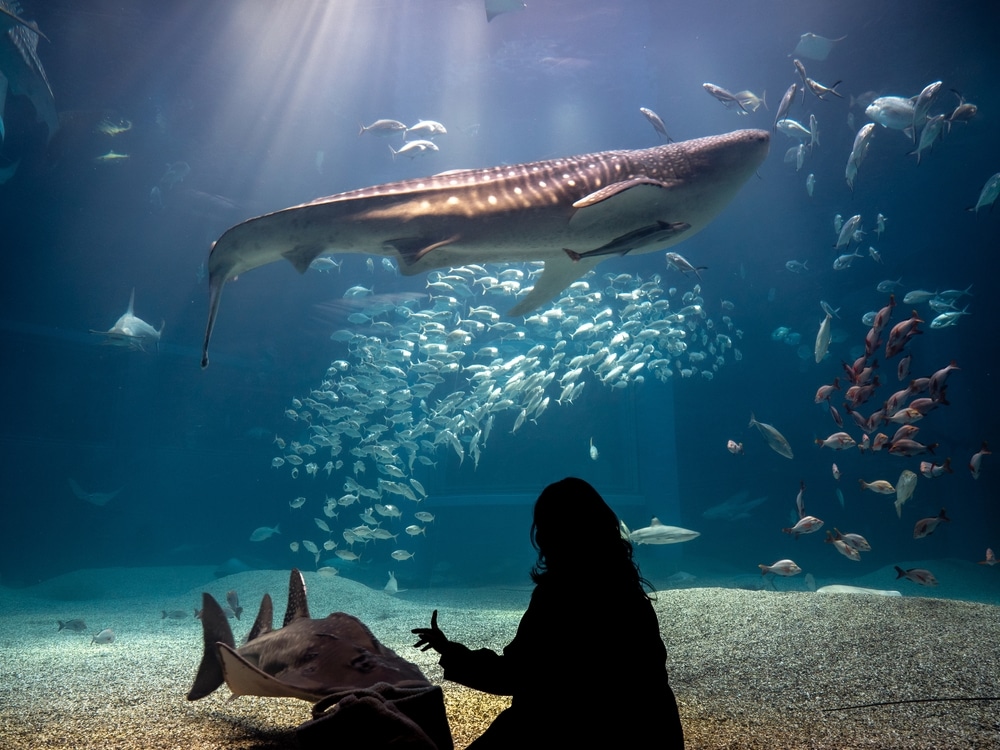Phone
832-979-3573
Zoos and aquariums offer a fascinating window into the diverse and wondrous world of wildlife, bringing the marvels of the animal kingdom right to the heart of the city. These institutions are more than just places to observe animals; they are centers of education, conservation, and research, dedicated to preserving endangered species, protecting habitats, and inspiring a love for nature in visitors of all ages.
From the majestic big cats and playful primates of the world’s top zoos to the colorful coral reefs and mysterious deep-sea creatures in state-of-the-art aquariums, these attractions provide unforgettable experiences that combine entertainment with education. Whether you’re watching a dolphin show, exploring a rainforest habitat, or getting up close to exotic species, zoos and aquariums offer a unique opportunity to learn about the incredible diversity of life on our planet. Let’s explore the significance and allure of zoos and aquariums, where the wonders of nature come to life before your eyes.


Zoos and aquariums vary widely in size, focus, and design, each offering a different way to experience and connect with the animal world. Whether you’re exploring a traditional zoo, a specialized wildlife park, or a cutting-edge aquarium, there’s always something new and exciting to discover.
Zoos and aquariums are more than just places to see animals; they are important centers for education, conservation, and scientific research. Through their exhibits, programs, and initiatives, these institutions help to raise awareness about the challenges facing wildlife and the environment.


A visit to a zoo or aquarium can be a fun and educational experience for people of all ages. Here are some tips to help you make the most of your trip:
Zoos and aquariums offer a magical window into the world of wildlife, providing opportunities to learn, explore, and connect with the natural world in ways that are both fun and educational. These institutions play a crucial role in conservation, education, and research, helping to protect endangered species, preserve habitats, and inspire a love for nature in visitors of all ages.
Whether you’re visiting a world-renowned zoo, exploring a cutting-edge aquarium, or discovering a specialized wildlife park, the experience of seeing animals up close is one that leaves a lasting impression. Zoos and aquariums remind us of the incredible diversity of life on Earth and the importance of working together to protect it.
So, whether you’re planning a family day out, seeking to learn more about the natural world, or simply looking for a place to marvel at the wonders of the animal kingdom, let zoos and aquariums guide you on a journey of discovery, inspiration, and conservation.
